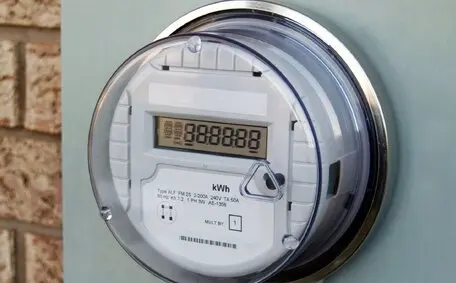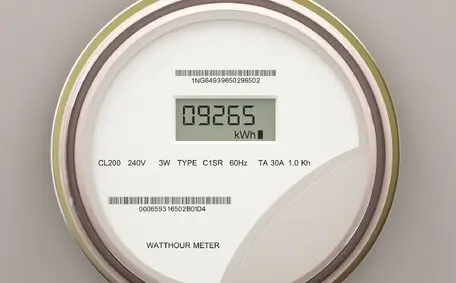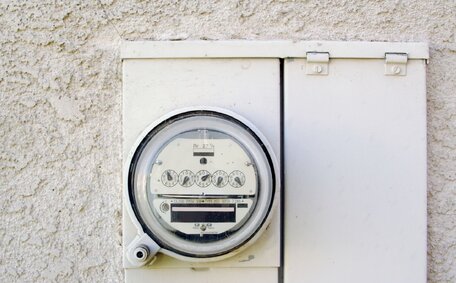
Smart Meter Installation Process
Learn about the smart meter installation process in residential homes, from preparation to completion, and how it enhances energy monitoring and efficiency.
Read MoreDid you know that only about 30% of the National Electricity Market (NEM) connected customers in Australia are currently using smart meters? If this trend continues, it could take until 2040 for smart meters to be fully deployed across the country.
Smart meters are gaining traction because they come with a host of advantages. They provide real-time feedback on energy use, helping homes and businesses trim their consumption. Ditching the old analog meters, these modern devices give pinpoint readings, so there’s no more need for manual checks.
This blog aims to explain how smart meters communicate with utility companies, providing insights into the technology behind these devices and their role in modern energy management.
Smart meters are revolutionising the way we manage and understand our energy usage. By providing real-time data and enhanced communication capabilities, smart meters offer numerous benefits over traditional meters.
A smart meter is a sophisticated gadget that tracks your electricity use and sends this information straight to your provider. Unlike the old models needing a person to read them, smart meters work through wireless m-bus, power lines, or cellular signals. This means you get real-time updates and more precise billing.
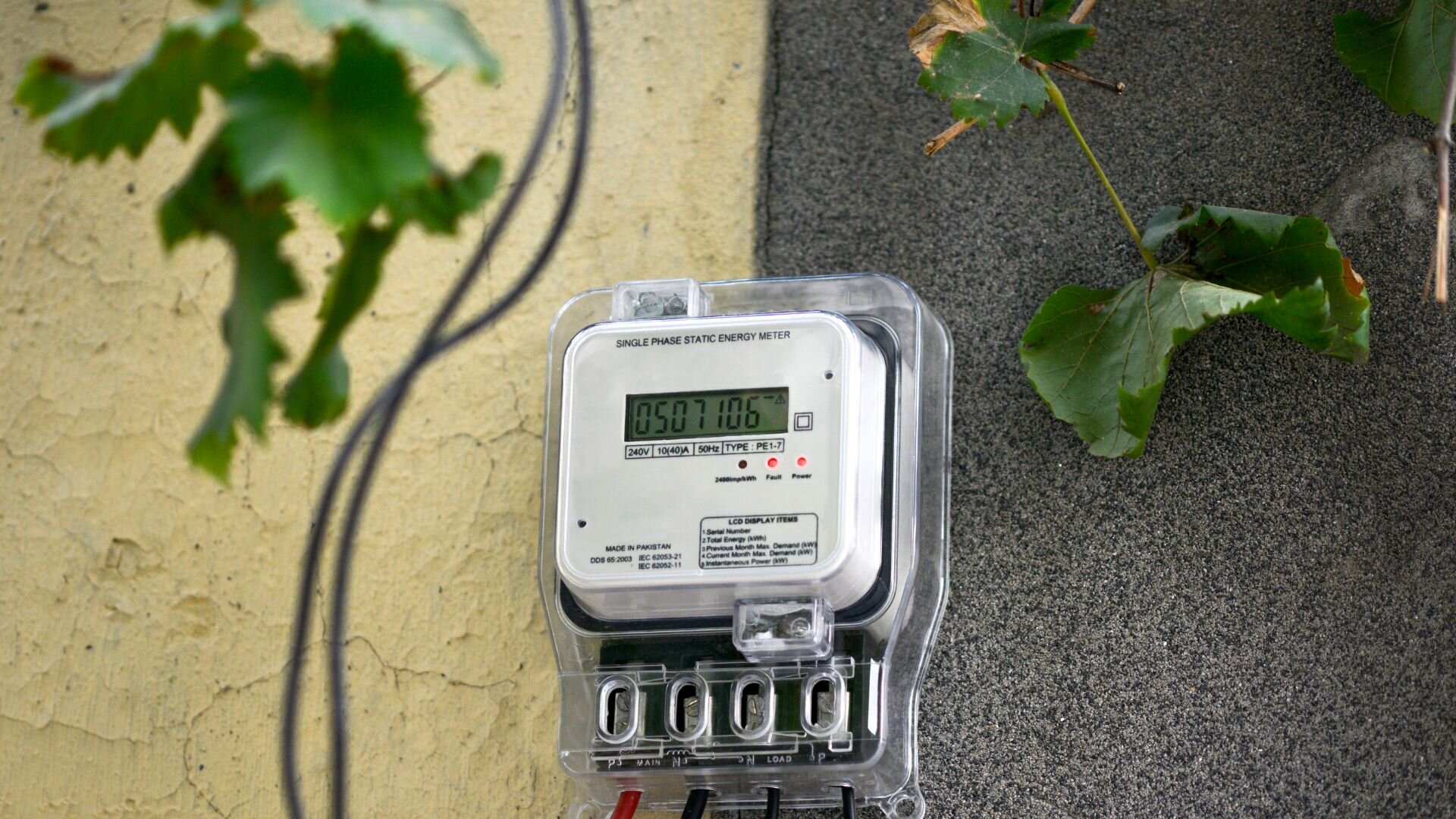
Smart meters provide significant advantages for both consumers and utility companies. Consumers can monitor their electricity usage in real-time, which encourages energy conservation efforts and helps reduce electricity bills. For instance, those with solar panels or a solar PV system can track how much energy they produce and consume, optimising their power-saving capabilities.
Utility companies see two big perks with smart meters: better energy efficiency and lower running costs. These meters send out consumption data, helping electricity providers predict demand and keep the grid in check. When the power goes out, they quickly send information to the supplier, speeding up response times.
A smart meter comprises several key components:
Smart meters also ensure data security and accuracy, addressing concerns about faulty meters and data limitations. The transition from existing meters to new smart meters involves minimal infrastructure changes, making meter installation and replacement straightforward.
Understanding the communication technologies that power smart meters provides insight into how these devices revolutionise energy management.
RF mesh networks are a go-to method for smart meter communication. In these networks, every smart meter serves as a node to send and receive data. This setup forms a tough, self-reparing network with multiple pathways for data to reach the utility company’s data centre.
The primary advantages of RF mesh networks are their reliability and scalability. They can cover large areas without requiring extensive infrastructure.
Cellular networks tap into mobile infrastructure to send smart meter data. Every meter with a cellular module talks directly to the utility company over these networks. This approach shines in places where RF mesh won’t quite fit the bill.
Cellular networks’ advantages are their wide coverage and minimal infrastructure requirements. However, data transmission fees can raise ongoing costs.
Power line communication sends data through the same electric lines that deliver your power. Smart meters send data signals down these lines for the utility company to pick up.
The big plus with PLC? It uses what’s already there, meaning less new gear is needed. This method offers stable data transfer, especially where wireless connections struggle.
Recent advancements have enhanced the capabilities and efficiency of smart meters.
Each communication technology has its specific method of operation and advantages:
Understanding how smart meters collect and transmit data is crucial for appreciating their role in modern energy management.
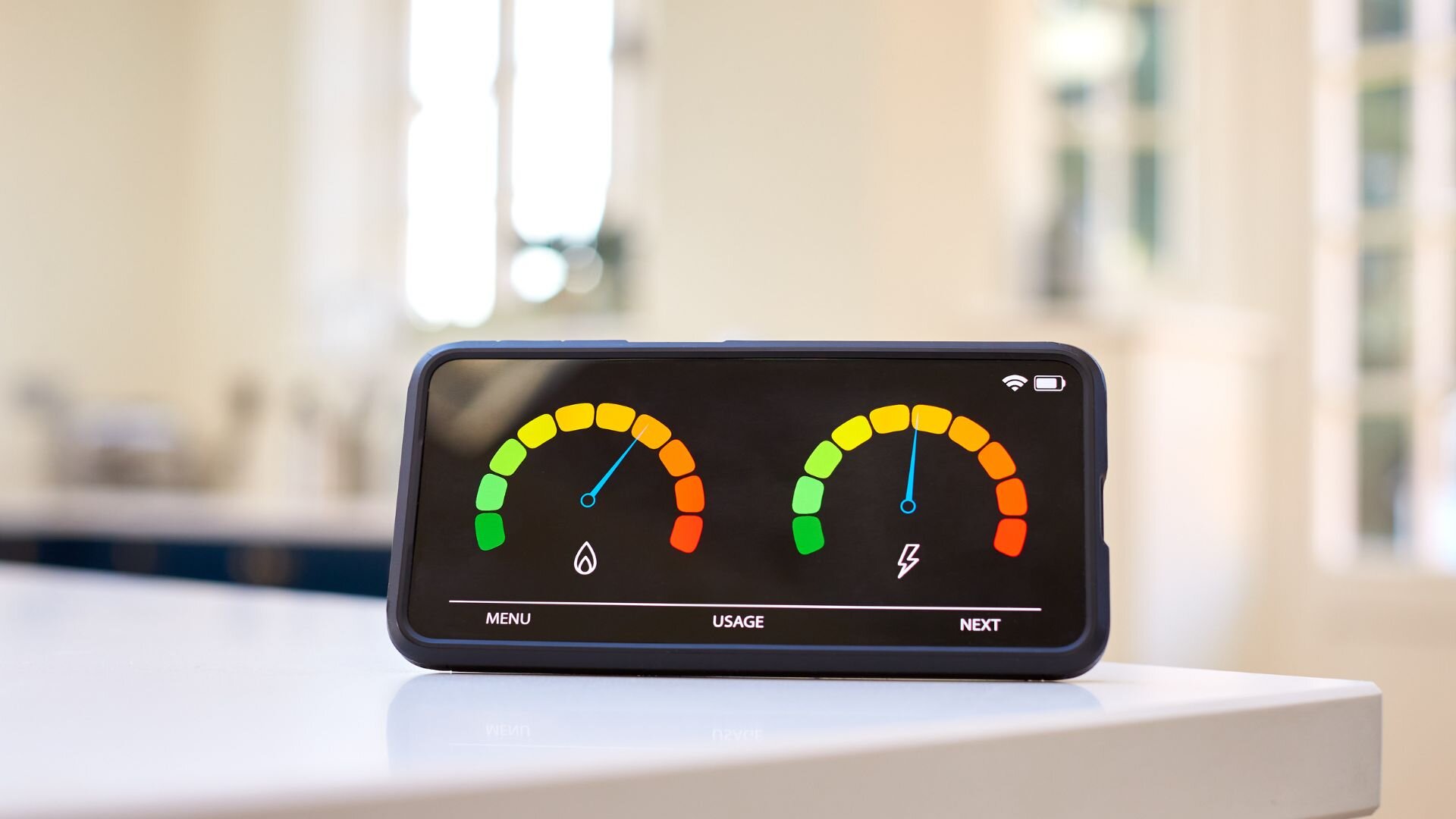
Smart meters are designed to measure and record energy use in real-time. The process begins when a new smart meter is installed, replacing the current meter. Accredited service providers ensure that the meter installation is accurate and that the new meter integrates seamlessly with the utility company’s systems.
The smart meter collects data on how much energy is consumed by the household or business. This meter data includes detailed information on electricity usage patterns, which is stored within the smart meter’s internal memory. The data recorded by the smart meter is more precise than that of a traditional meter, reducing the risk of a faulty meter leading to incorrect electricity bills.
The smart meter continuously monitors and records energy consumption. Metering data is stored internally, capturing details on energy use down to the minute.
Depending on the type of smart meter, the collected data is prepared for transmission. Meters equipped with RF mesh, cellular networks, or power line communication modules send data to the utility company.
The smart meter transmits the collected data to its own gateway or directly to the utility company. Wireless versions of smart meters might use RF mesh networks, cellular connections, or digital subscriber lines (DSL) to send data.
If the smart meter uses a mesh network, the data might hop through several other smart meters before reaching the utility’s data collection point. This ensures robust and reliable data transmission.
Smart meters that communicate via a gateway will first send data to a local smart meter gateway. The gateway aggregates data from multiple meters and sends it to the utility company via secure communication channels.
The utility company receives the transmitted meter data. This data is then integrated into their systems for analysis and billing purposes. Energy suppliers utilise this data to generate accurate electricity bills and manage supply more effectively.
Smart meters typically transmit data at regular intervals, which can range from every 15 minutes to every hour. This frequent transmission of smart meter data allows for real-time monitoring of energy use. Real-time data helps energy retailers and service providers to promptly identify and address issues such as faulty meters or sudden spikes in energy consumption.
Real-time monitoring provides numerous benefits. It enables consumers to track their energy use and adjust their habits to reduce consumption. Energy suppliers can use this data to offer personalised energy contracts, ensuring that customers are billed accurately based on their actual usage patterns. Replacement meters or new meters are calibrated to continue this precise monitoring, ensuring ongoing accuracy and efficiency.
In the digital age, the security and privacy of customer data in smart meter communications are paramount. Ensuring that sensitive information is protected is crucial for maintaining consumer trust and regulatory compliance.
Smart meters work by transmitting detailed information about energy consumed, which can include patterns of electricity usage that reveal personal habits. This data is valuable and must be protected to prevent misuse, fraud, and unauthorised access.
The security of this data is essential not only for accurate billing but also for maintaining the integrity of the energy supply chain.
Several measures are implemented to safeguard the data collected by smart meters:
Privacy concerns are a significant issue for consumers, especially regarding how their data is used and shared. Here’s how these concerns are mitigated:
Smart meters offer significant advantages for both consumers and utility companies, transforming how energy is managed and consumed.
One of the primary benefits for consumers is accurate billing. Smart meters provide precise data on energy consumption, eliminating the need for estimated bills. This means that consumers are billed accurately for the electricity they actually use, leading to fairer and more transparent electricity bills.
Smart meters offer detailed insights into energy usage patterns. Consumers can monitor their energy consumption in real time, enabling them to identify high-usage periods and adjust their habits to save energy. These insights can also help consumers make informed decisions about their energy contracts, choosing plans that best suit their usage patterns.
With accurate billing and detailed usage insights, consumers can take steps to reduce their energy consumption, leading to potential cost savings. By understanding when and how they use electricity, consumers can shift usage to off-peak times, take advantage of time-of-use rates, and ultimately lower their electricity bills.
Smart meters provide utility companies with real-time data on energy usage across their network. This data allows energy suppliers to better manage demand, ensuring a more stable and reliable supply of electricity. By understanding consumption patterns, utilities can forecast demand more accurately and optimise the generation and distribution of electricity.
The implementation of smart meters reduces operational costs for utility companies. Traditional meter reading requires manual labour, which is both time-consuming and costly.
Smart meters eliminate the need for manual readings by automatically transmitting data to the utility, streamlining the process and reducing labour costs. Additionally, the need for site visits by accredited service providers for meter readings is significantly reduced.
Smart meters employ various communication technologies to transmit energy consumption data to utility companies. These include power line communication (PLC), which utilises the existing power grid, and wireless networks like cellular or Wi-Fi. This real-time data empowers both consumers and utilities to make informed decisions, leading to improved energy efficiency and grid management.
If you’re considering the benefits of smart meters for your home or business, Bright Force Electrical is your trusted partner. With their expertise in smart metering installations and services, they can guide you through the process and ensure a seamless transition. Call Bright Force Electrical today to learn more about how smart meters can enhance your energy management.
Did you enjoy reading our article “How Do Smart Meters Communicate With Utility Companies”? We have many related articles you may also be interested in reading, like the below:
Learn about the smart meter installation process in residential homes, from preparation to completion, and how it enhances energy monitoring and efficiency.
Read MoreExplore the advantages of smart meters for residential customers, including accurate billing, energy savings, and detailed usage data. Understand the challenges and privacy concerns associated with smart meter implementation.
Read MoreDiscover how data-driven energy management, enabled by smart meters and IoT, is transforming the energy industry. Learn about the benefits for consumers and utilities, and how it contributes to a more efficient and sustainable energy system.
Read MoreWe will call back as soon as possible.
